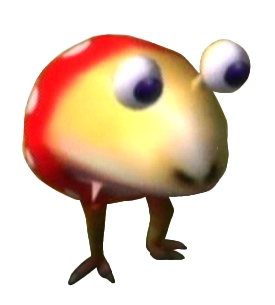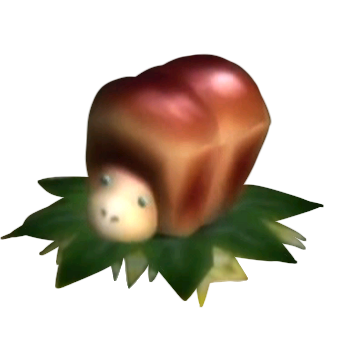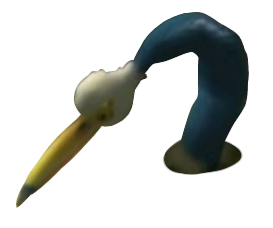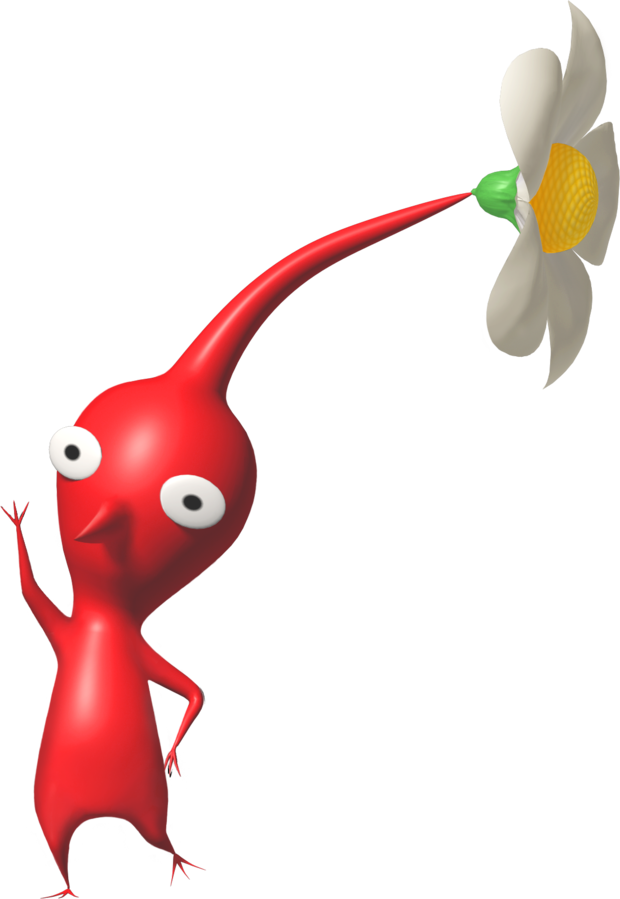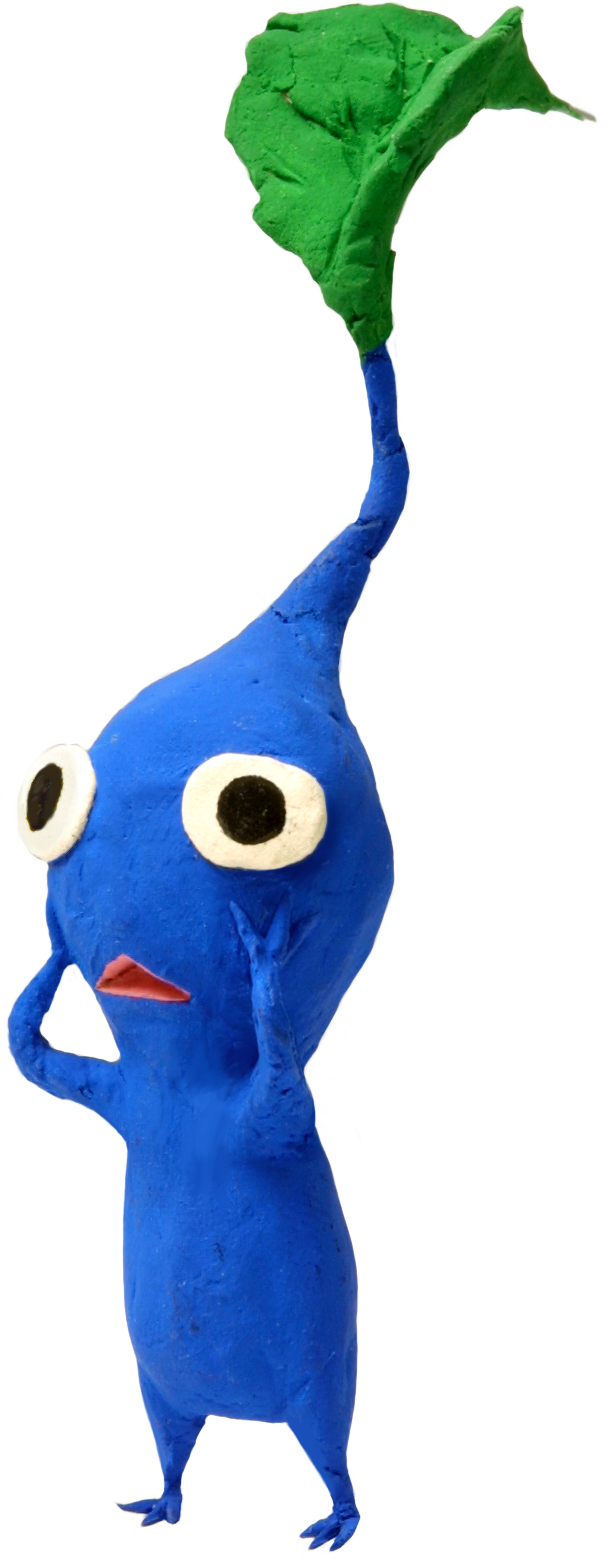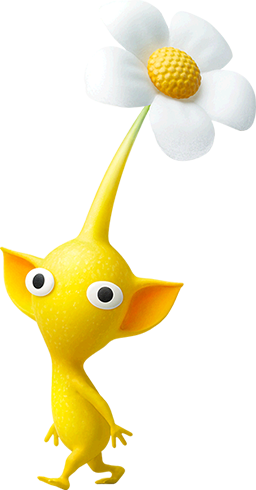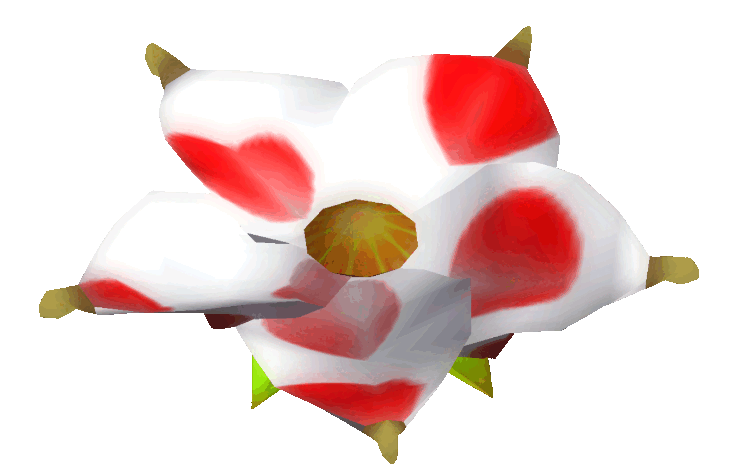Disclaimer: The content featured below is not official in any capacity, and is merely speculation on my part!
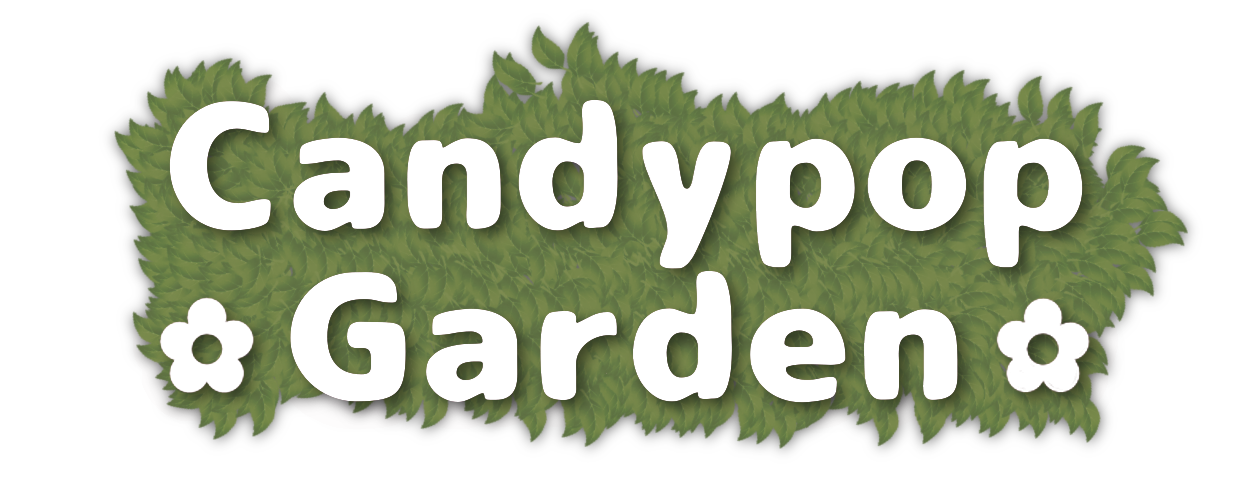

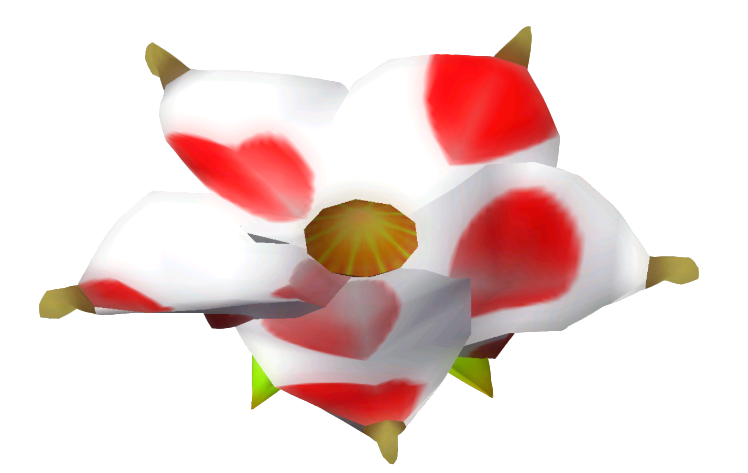
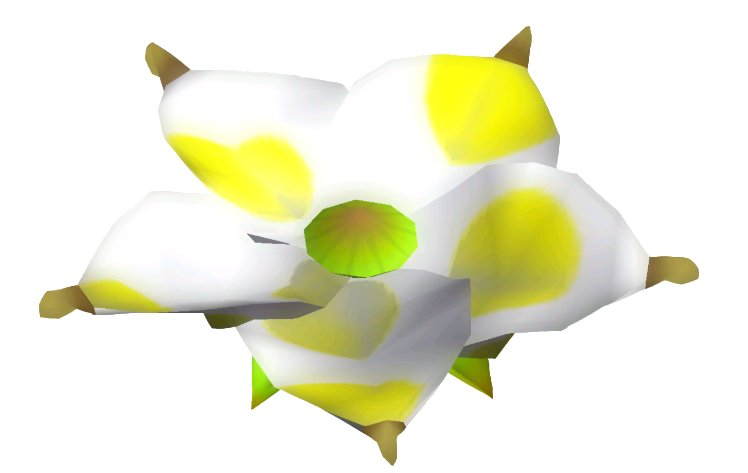
Disclaimer: The content featured below is not official in any capacity, and is merely speculation on my part!
Candypop buds are the second lifestage of the "Pikmin" species, if they choose to progress in this way instead of into their "Pikmin" form. In order to become a Candypop Bud, they must be planted in an area that has rich soil, so they are able to gain the nutrients needed to sustain their larger size and transformational ability. Their growth will be even easier if they are in an area with an appropriate amount of sun, so they can gain energy from photosynthesis as well, but this is not strictly necessary, as proved by the presence of subterranean Candypop Buds.
The Candypop buds, as you probably know, possess the ability to change a Pikmin's type. This is achieved by dissolving the Pikmin's body, save for a few cellular clumps that contain the Pikmin's brain, the Candypop Bud blending some of its own DNA into the Pikmin's now liquid "body," and expelling the Pikmin as a Sproutling, ready to grow following the new genetic blueprint.
Despite the seemingly drastic and grotesque nature of the transformation, this process does not alter the personality or memories of the Pikmin, both of which remain intact between the transformations unless there is a fault in the process. Also, this is not at all painful to the Pikmin. In fact, in many Pikmin gardens, this process is a culturally important one. Many Pikmin regard the fluidity present in their species as integral, not only being useful for survival, but also being an enriching experience for many Pikmin individuals, a form of intimacy between themselves and the Candypop Buds, and a way to gain a better understanding of both themselves and the world around them by experiencing both from multiple points of view. Pikmin Gardens will usually tend to their local Candypop Buds, and communicate the location of the buds between other gardens so that they never end up abandoned and alone.
IVORY AND VIOLET CANDYPOP BUDS
Due to the majority of the White and Purple Pikmin population living beneath the ground's surface, this is where the associated Ivory and Violet Candypop Buds are most commonly found as well. This gives rise to challenges, as they do not have access to the sun's light to be able to photosynthesise. This puts a much larger focus on the nutrients found within the soil instead. Combined with the risk of being discovered and eaten by predators, this means that the Candypop Bud must be planted in ideal conditions to survive. In order to cultivate the Candypop Bud (and the later stage, Onion) population, the subterranean Pikmin will set up Candypop Gardens in areas deemed to be suitable. This means with rich soil, and a lack of predators in the near area. The local Pikmin will then defend these areas devotedly, deterring predators from trying to infiltrate. They will also seek out extra yolks and other sustenance to bring to the Candypops to feed them and keep them healthy.
QUEEN CANDYPOP BUDS
Sometimes, a pikmin will wish to become one with a Candypop Bud, either because they want to become a Candypop Bud themself but don't want to wait to develop into one, because they want to be close with a particular Candypop Bud, or because, like the first example, they want to become a Candypop Bud but there isn't enough room available in the "Candypop Garden." In these cases, a Pikmin will enter a Candypop Bud, but instead of being expelled, it will be digested by the flower and have its DNA blended into that of the Candypop Bud. Both the Pikmin and the Candypop Bud have to approve of this before it is done, or else the Pikmin will get ejected as a Sproutling like normal. The Pikmin and Candypop Bud are able to communicate their permission to each other via their pheromones.
Once this process has occurred, the Candypop Bud will have the ability to convert other Pikmin into either type of the Pikmin in its new genetic makeup. Additionally, when mature, the Queen Candypop Bud will be capable of drawing from its larger reserves of genetic material to produce new infant Sproutlings, which it will usually expel alongside a Pikmin that had entered the bud. A Candypop bud can be made up of any array of Pikmin types, with Yellow, Red and Blue being the most common, corresponding with the prevalence of these types.


DRAG US!

